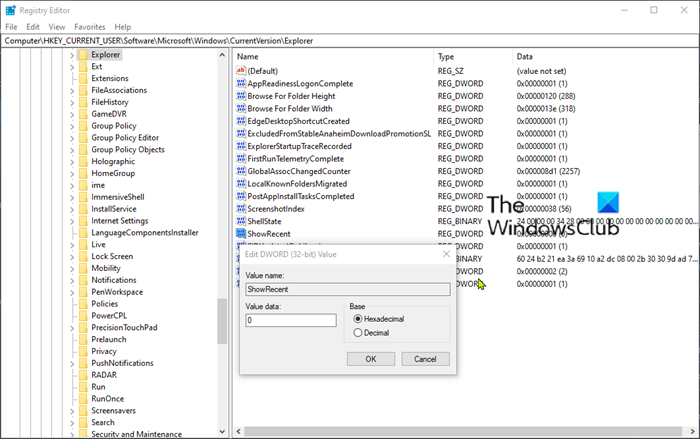In today’s release, we will identify the cause, and then provide the solution to the file explorer issue that becomes unresponsive if you have a large .docx (Word) file on a network share in Windows 10.
Let’s examine a typical scenario in which you may experience this problem. You have a large Microsoft Word .docx file that is stored in a network shared folder and Word is running in the background. You open a new File Explorer window and set Windows to display recent folders for quick access.
In this scenario, File Explorer stops responding for a while and then recovers. The length of inactivity depends on the size of the .docx file, the contents of the “recent files” list and the network latency.
According to Microsoft, this problem occurs because File Explorer calls the Microsoft Office Shell extension to find detailed information about the files that are in the “Recent Files” list. However, depending on network latency, Windows may receive requests to renew content in the Quick access while the Office Shell Extension still queries the contents of the file. This causes File Explorer to restart the request.
This extended activity may cause the File Explorer window to freeze. This is especially true if the operation is extended by repeated requests for large files that are published on the network.
Fixed explorer not responding due to large .docx file on network share
To work around this problem, use one of the following two methods.
1]Make the file explorer open to “this PC”
You can open the file explorer on this PC.
This setting can also be changed by creating and configuring the following registry key:
launchTo=dword:00000001
Before you begin, as this is a registry operation, it is recommended that you back up the registry or create a system restore point in case the procedure does not work. Once you have taken the necessary precautionary measures, you can do the following:
HKEY_CURRENT_USERSOFTWAREMicrosoftWindowsCurrentVersionExplorerAdvanced
- Then right-click an empty space in the right pane.
- Select New> DWORD value (32 bit).
- Name the key launchTo.
- Double click on the newly created key and set the value data to 1.
- Click on OK.
2]Hide recent files and folders in “Quick Access”
You can turn off quick access. This setting can also be changed by creating and configuring the following registry key:
ShowRecent=dword:00000000

Be sure to back up the registry or create a system restore point as described above, then do the following:
- Browse or access the registry key below:
HKEY_CURRENT_USERSOFTWAREMicrosoftWindowsCurrentVersionExplorer
- Then right-click an empty space in the right pane.
- Select New> DWORD value (32 bit).
- Name the key ShowRecent.
- Double click on the newly created key and set the value data to 0.
- Click on OK.
And that’s all! I hope this solves the problem of File Explorer not responding for you.
